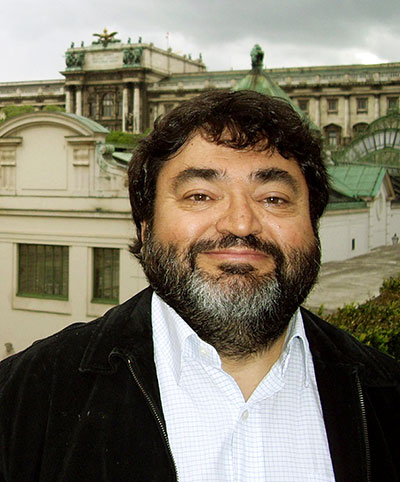
Growing a Canadian bio-economy network
February 11, 2014
By Fernando Preto
The New Year is traditionally a time for reflections on the past year and resolutions for the years ahead.
The New Year is traditionally a time for reflections on the past year and resolutions for the years ahead. The past year was an exciting one for the bio-economy with advances across the board. Some notable projects from 2013 include:
- Enerkem began commissioning at the world first full-scale municipal waste-to-biofuels and chemicals facility in Edmonton;
- Nexterra, a global leader in energy-from-waste gasification systems, announced a new turnkey biomass gasification system for a Birmingham Bio Power Ltd. 10 MWe facility in the United Kingdom;
- Conifex secured project financing for its 36 MWe bioenergy power project in Mackenzie, B.C.;
- Iogen began construction of a commercial-scale facility, based on its world-leading enzyme technology, in Piracicaba, São Paulo.
These Canadian companies along with many others in areas such as pyrolysis and torrefaction are taking to the world stage and showing that Canadians are leaders in developing the bio-economy. We no longer need to look overseas for the latest and greatest. The best technologies are here, the vast biomass resources are here and with the right strategy we can develop a world-leading bio-economy here, in Canada. A rapidly expanding bio-economy will make significant contributions to reducing greenhouse gas emissions and through operational synergies strengthen Canada’s primary industries while diversifying the Canadian economy as a whole.
During the past year, CanBio hosted a number of workshops focused on the bio-economy: “Biomass to Biofuels and Bio-chemicals” in Sarnia, Ont.; “Canada’s Prairie Bio-economy” in Saskatoon, Sask., and, in conjunction with our AGM, a conference with the theme of “Creating Business in the Bio-economy” in Gatineau, Que. The latter conference hosted speakers on project financing and attracting investment as well as the latest technologies and research, and perhaps most significantly, an executive panel representing other leading associations in the bio-economy.
These speakers highlighted not only the vast potential of the bio-economy but also the need for a common voice to speak with government, at all levels, in developing a new strategy for Canada. This desire led these associations, including CanBio, to form the Bio-Economy Network (BEN). BEN is a cross-sectoral industry forum that represents 800 member companies, sustains over two million jobs nationally and generates over $266 billion in total annual revenue. BEN members share a strong belief that the global bio-economy – based upon renewable feedstocks – represents an exciting opportunity to boost Canadian jobs and future economic growth.
There are many drivers to a successful bio-economy, and Canada is well positioned to take advantage of world-class technologies, an abundance of sustainable feedstock and a robust banking/investment climate. The United States and the European Union have already released their own bio-economy strategies in response to accelerating growth in global bio-based markets. Timely development of a made-in-Canada strategy is critical to ensure Canada is a world leader in this new and exciting marketplace. This is the goal of BEN and its members.
The past year has seen a major shift at CanBio, created in 2002 as the Canadian Bioenergy Association, with a renewed focus on the entire bio-economy. This does not mean that we have abandoned bioenergy. In fact we recognize bioenergy as the foundation/bedrock of most bio-economy initiatives – we like to say we are in on the ground floor.
We invite you to join us, become an active member of CanBio and help us drive the strategy to create the new bio-economy. To that end CanBio has revamped its approach and the values we endeavour to deliver to our members: networking, information and growth.
Our new membership drive is underway – look for it and consider joining our community.

|
|
Fernando Preto is the executive director of CanBio.
Print this page